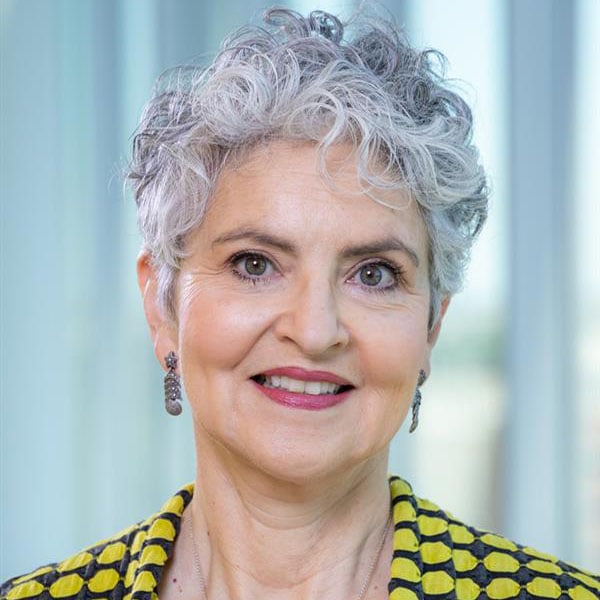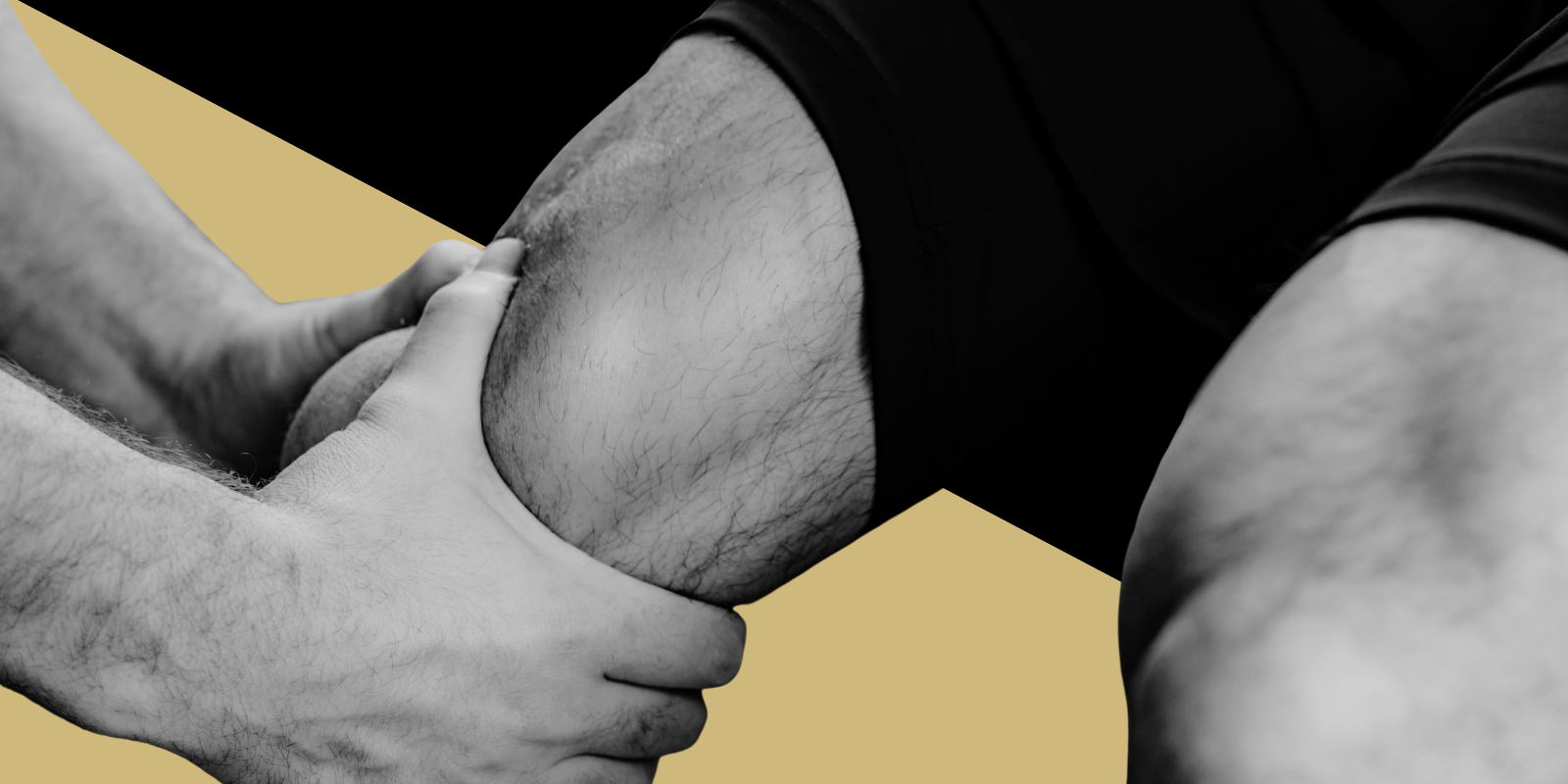Women with cancer whose fertility is endangered by treatment — either surgery to remove organs or medications that can change hormone levels — have the option of freezing their eggs or embryos to be implanted once their treatment is complete.
For young girls with cancer, however, the problem is more complex. When girls are too young to produce eggs, another process is used — ovarian tissue cryopreservation, in which tissue from the ovaries is removed, frozen, and stored, then thawed years later when the patient decides to try to become pregnant.
“The science was developed because of young women with cancer,” says Nanette Santoro, MD, professor in the Department of Obstetrics and Gynecology at the University of Colorado School of Medicine. “It’s been learned over time that it’s really important to these young women, and it can be a major regret if it isn’t done. Childhood cancer treatment is now so successful that we have a lot of confidence we can cure these kids. We want to be able to give them the opportunity to reproduce.”
A promise as yet unfulfilled
Though ovarian tissue cryopreservation has great promise, Santoro says, the science still has room to grow. For a recent issue of the journal Fertility and Sterility, for which Santoro served as Editor, she invited experts in the field to write articles on the latest research into the practice.
“The technological necessity that has driven the field of ovarian tissue cryopreservation arose from the urgency of saving the reproductive potential of children with cancer facing gonadotoxic therapies,” Santoro writes in her introduction to the “Views and Reviews” section of the October 2024 issue. “The field has expanded rapidly, with many centers offering this service, yet there are few outcomes reported because of the time lag between tissue freezing and its utilization. Questions about the best practices for patient selection, the best techniques for freezing and thawing, and the large loss of oocytes that accompanies the freezing and thawing process remain. These problems will need to be solved before this important clinical advance can be said to fully live up to its promise.”
Clinical concerns
The articles that follow explore such concerns as clinical dilemmas in ovarian tissue cryopreservation — including patient selection, use in poor prognosis patients, intrinsic ovarian disorders, and malignant contamination of tissue — and improvements to the thawing process to improve successful outcomes and long-term restoration of ovarian tissue.
One of the articles, “Prospective solutions to ovarian reserve damage during the ovarian tissue cryopreservation and transplantation procedure,” was cowritten by Joshua Johnson, PhD, associate professor of OB/GYN in the Division of Reproductive Sciences at the CU School of Medicine.
“Joshua’s team is exploring the basic signals that make a follicle grow,” Santoro says. “Once it commits to growing, it’s either going to ovulate, eventually make a pregnancy and make a baby, or it’s going to die. If you could control that growth process, we’d have a better handle on how to make those follicles grow from that tiny primordial state into something that's fully mature.”
Among the other concerns when it comes to successful ovarian tissue cryopreservation, Santoro says, are successfully thawing frozen tissue, determining the best location to implant the tissue once it’s thawed, and whether embryos should be grown outside the body for women with systemic cancer.
All are questions that, once answered, will give more young female cancer patients and their families reassurance that they will still have a chance of someday having children.
“It’s really an act of hope right now,” she says. “The odds are not as great as anyone in the field would like, but it is quite likely that they’ll get better. It’s a very exciting field, and the knowledge is always growing. Part of my interest in putting this section together was because it feels like the pressure is mounting. We’re getting more and more tissue we can conduct research on — let’s figure out how to get this to work.”




